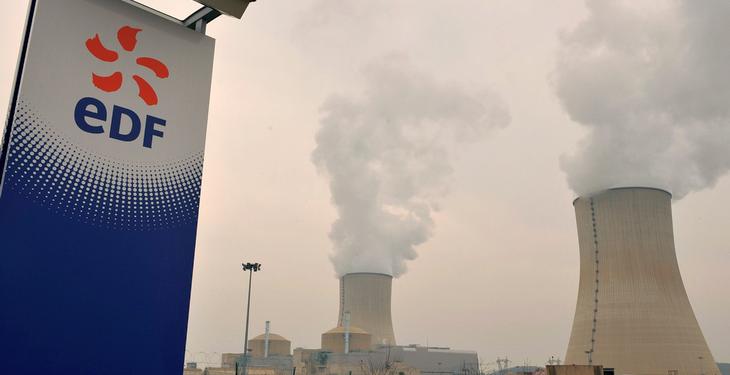The six month closure of one of Britain’s oldest nuclear reactors will burn a £120m hole in the revenues of owner EDF Energy and has raised questions over the reliability of the country’s ageing nuclear fleet.
EDF said this week that it was taking reactor 3 of Hunterston B in Scotland offline for half a year, after inspections found more cracks than expected in the graphite bricks at the reactor’s core.
The plant is one of seven Advanced Gas-Cooling Reactors (AGRS) switched on during the 1970s and 80s, several of which have seen their lifetimes extended into the 2020s, according to The Guardian.
EDF maintains that the prospect of more old reactors having a sustained outage is highly unlikely, but experts said it would pose a significant challenge to power supplies if they did.
Peter Atherton, an analyst at the consultancy Cornwall Insight, said: “Let’s say worst-case scenario they found a big graphite core problem and Hunterston never comes back on.
“That would be a big hole in the plan [for electricity supplies]. The gas-fired power stations, we’ve probably got enough of them, but it would be pretty tight. It would also be a knock-back to carbon targets. You could build more windfarms, but that would take time.”
The Hunterston outage is the longest yet over the graphite issue, which EDF calls a “unique challenge”, and company presentations concede the cracking “will probably limit the lifetime for the current generation of AGRs”.
The graphite core is used to moderate the neutrons in a nuclear reaction, but over time the irradiation degrades the graphite, ultimately leading to cracks. These cause a series of knock-on effects that can impair control of the nuclear reaction. The UK nuclear regulator points out that the total number of cracks is well below specified safety limits. It has also welcomed more frequent inspections such as those that led EDF to take the Hunterston reactor offline.
Experts estimate the 40% cut in the power station’s output – it normally supplies enough electricity for 1.8m homes – will cost the French state-owned firm £100m-120m in lost revenue.
